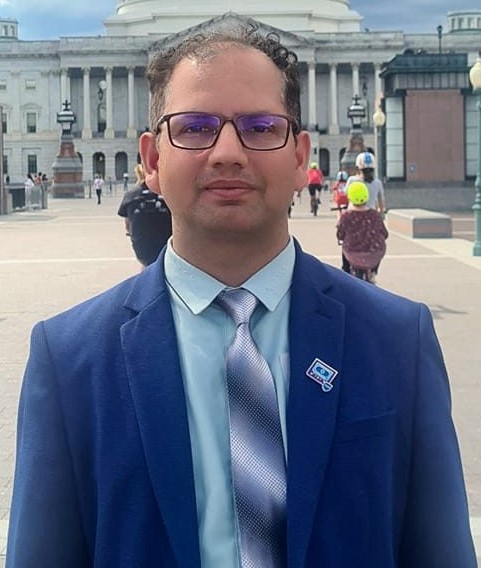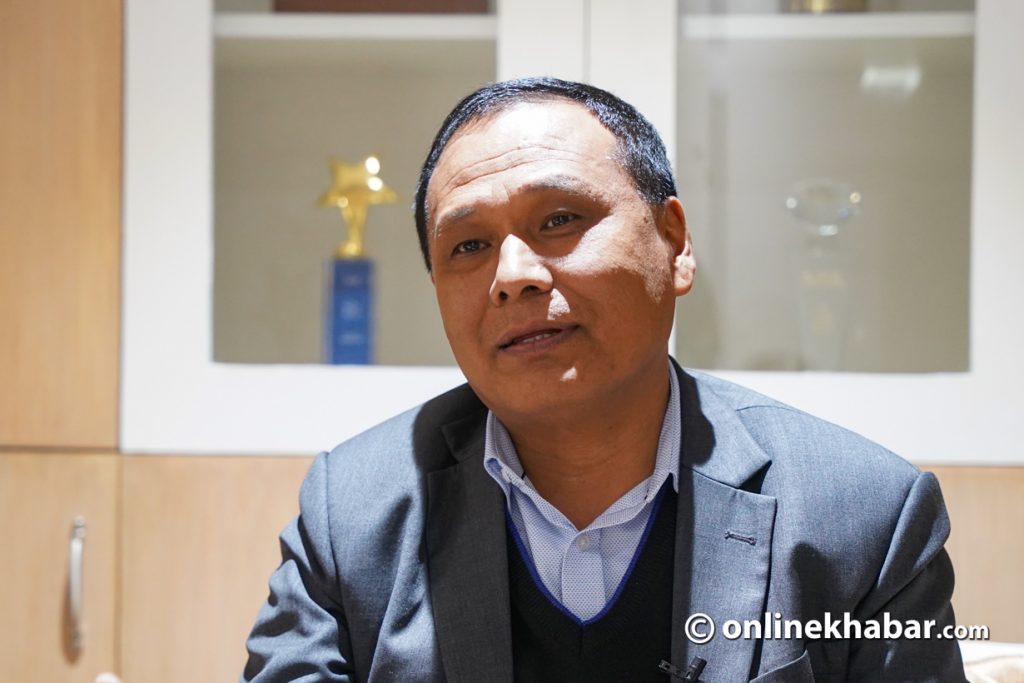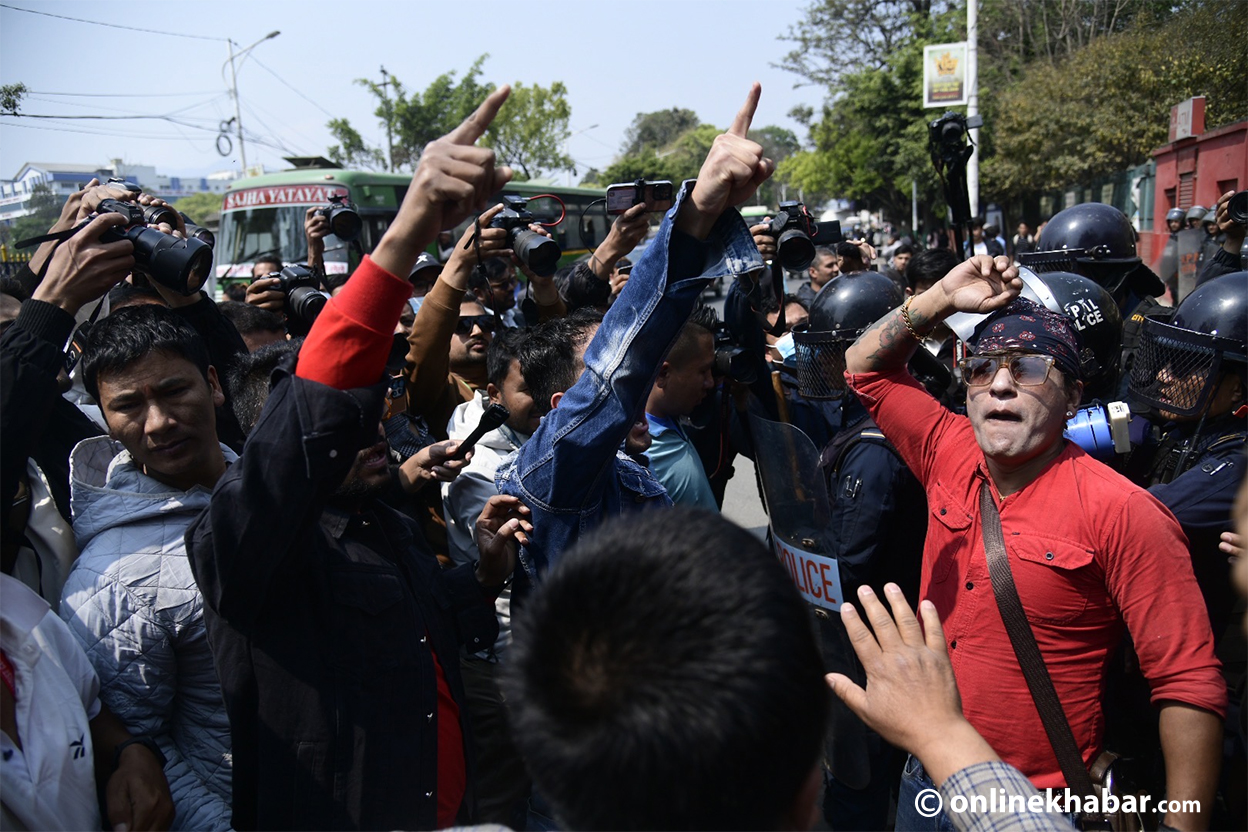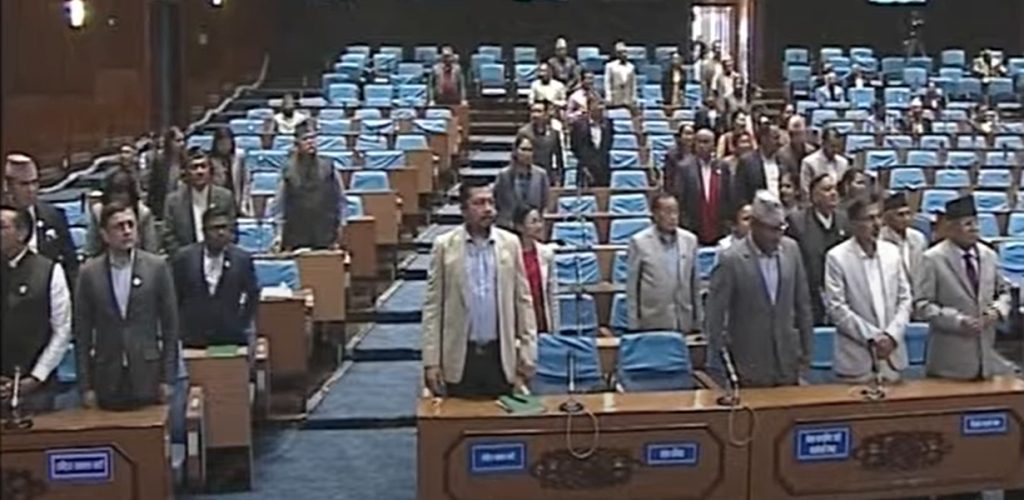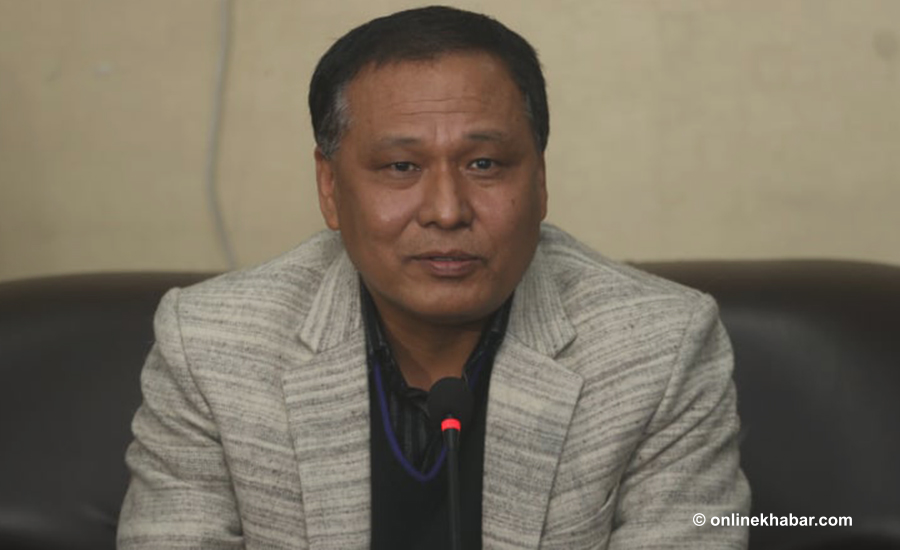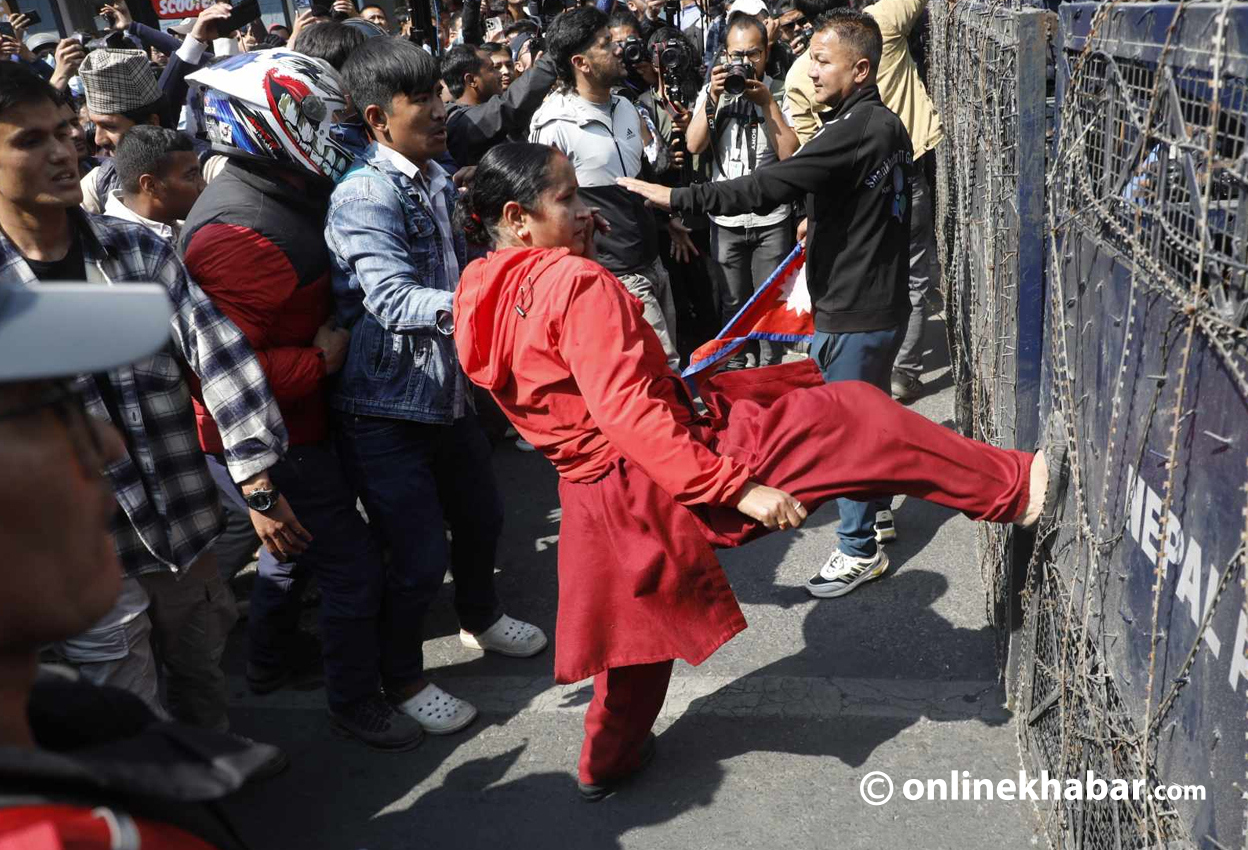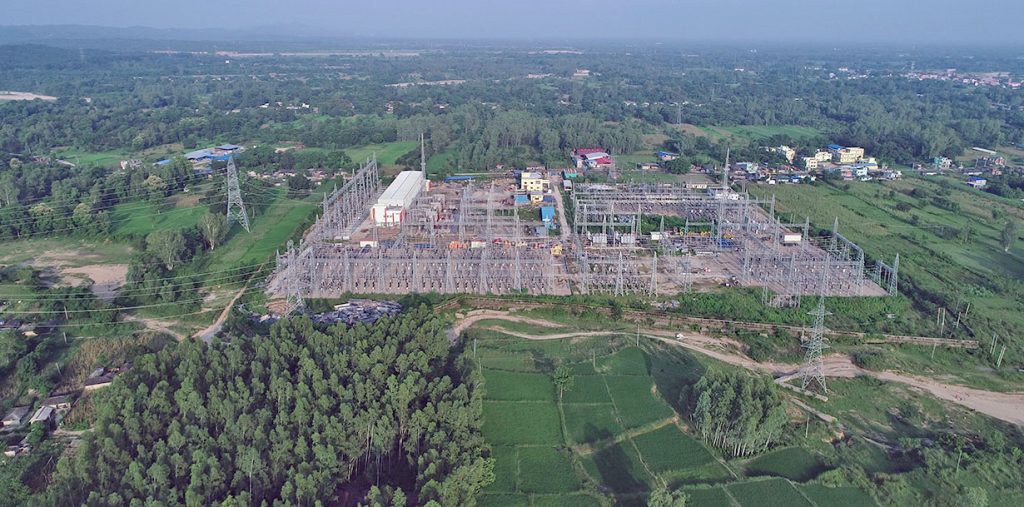
On December 22, the Nepal Electricity Authority disconnected power to four factories citing unpaid dues. On December 24, the NEA cut down the power of four more factories escalating the dedicated feeders and trunk lines dispute between the NEA and various factories in the country, drawing attention even from Prime Minister Pushpa Kamal Dahal.
The conflict revolves around the back-dated bills issued by NEA Managing Director Kulman Ghising, which aim at boosting profits. Factories across Nepal, however, feel the back-dated bills are unfair and have chosen not to pay the due amount. This, however, has now resulted in the NEA cutting down power which seems to have the support of Prime Minister Dahal.
Load shedding for domestic customers ended eight years ago, and for industrial customers, five years ago. However, a persistent controversy has arisen following the NEA’s claim of outstanding amounts from industries that used dedicated feeders and trunk lines during the load-shedding period. The NEA argues that these industries and factories are obligated to pay a premium amount for using electricity during the load-shedding period, while the industries are resisting such payments.
The dispute over this issue remains unresolved, primarily due to the strong-handed approach of NEA MD Ghising, especially concerning the dedicated lines. Ghising’s stance and handling of the situation have contributed to the ongoing tension and impasse in resolving the disagreement over premium charges for dedicated feeders and trunk lines.
In 2018, NEA wrote to 58 factories telling them to pay the outstanding amount which was Rs 10.14 billion. This, NEA said, accounted for the premium that was not levied on the factories from 2015 onwards.
However, all the industries where the letters were sent had paid the regular bills for that period. After the letter was sent, most factories then refused to pay the premium fee stating how they had been subject to load shedding and how they could not use electricity when they wanted even though they were being provided the dedicated feeders and trunk lines. Now that amount has exceeded Rs 20 billion.
Kulman Ghising, who gained acclaim for ending load shedding, has surprisingly been harsh towards the issue of dedicated feeders and trunk lines. His approach and handling of the matter related to premium charges for dedicated feeders and trunk lines have raised eyebrows and generated disappointment among stakeholders.
What are dedicated feeders and trunk lines?
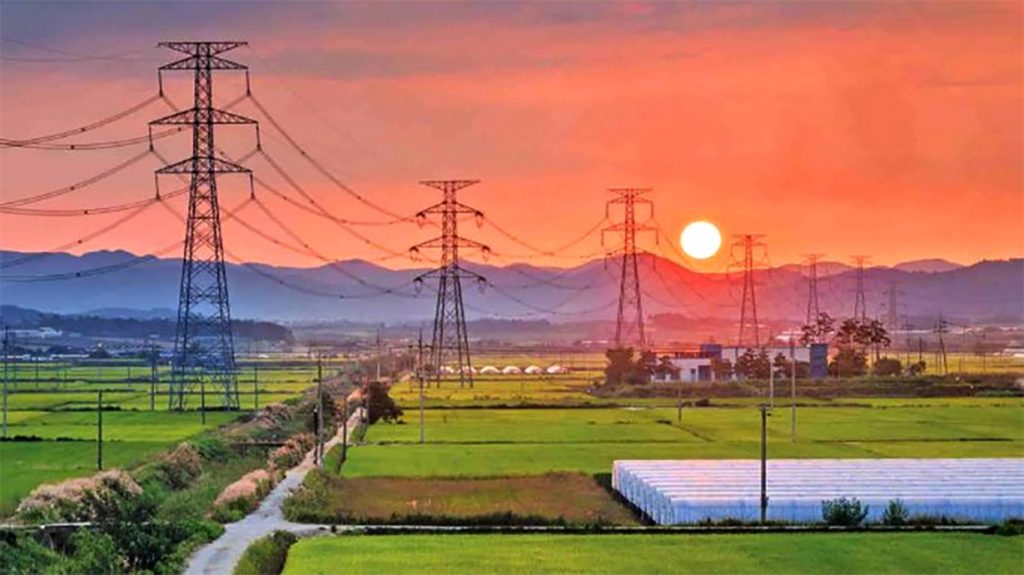
A dedicated feeder involves the supply of electricity through a separate line directly from a substation. This feeder system ensures continuous power supply even during load shedding by allowing electricity to be provided from an alternative line when one is subject to load shedding. On the other hand, a trunk line delivers electricity from the transmission line to the industry by placing a transformer inside the industry itself.
In the past, during periods of load shedding in Nepal, essential services such as important government offices, security-related offices, hospitals, telecommunication towers, etc., received regular electricity supply through dedicated feeders and trunk lines. Additionally, certain factories in key industrial corridors like Biratnagar-Duhabi and Birgunj-Pathalaiya used electricity sourced from these lines. The NEA has provided this service to 298 customers during this period.
How did the factories get electricity from the dedicated line?
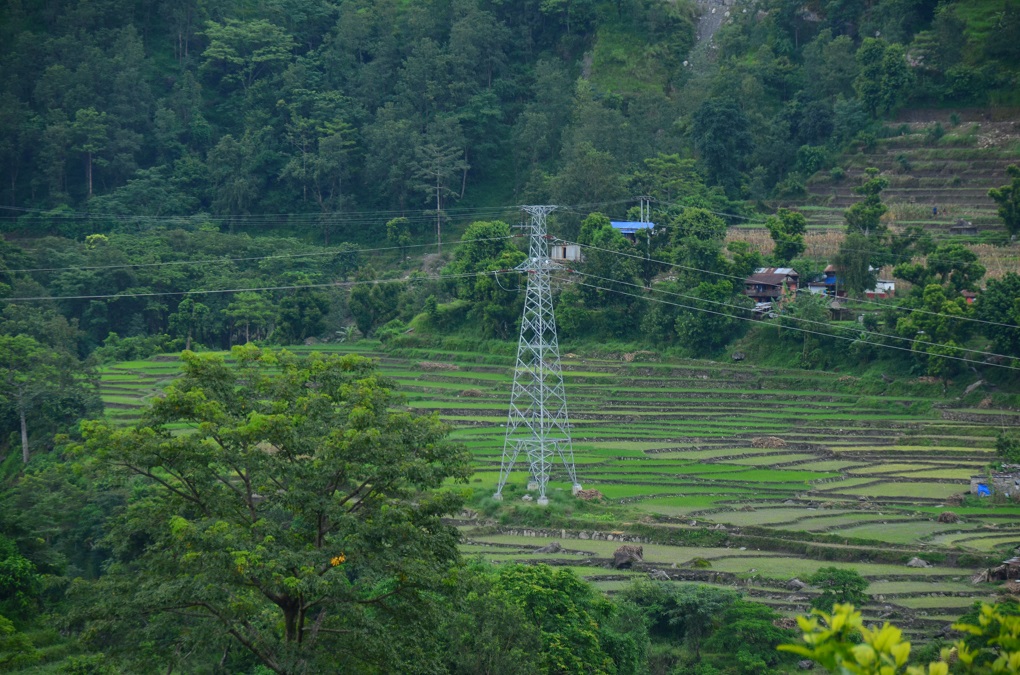
Due to load shedding, industries using generators lobbied for a government initiative allowing them to purchase dedicated electricity, akin to arrangements for government agencies and hospitals. On October 20, 2013, the NEA, under the leadership of Managing Director Mukesh Kafle, announced in Gorkhapatra that customers could buy electricity from dedicated feeders. The notice specified measures to prevent adverse effects on the general public during prolonged electricity supply to industries, with additional charges for such arrangements.
On December 31, 2013, the NEA decided to impose additional charges on electricity supplied through dedicated feeders. To address this matter, a committee was established, chaired by the then Managing Director Manoj Kumar Mishra, to study and recommend charges for customers connected to dedicated feeders. Following the committee’s recommendations, the authority’s board of directors, during its 710th meeting on June 27, 2015, approved the imposition of premium fees. The committee’s report classified electricity feeders into separated feeders with load shedding and dedicated feeders with uninterrupted service. The decision was made to provide continuous 24-hour electricity through dedicated feeders.
However, it appears that there were instances of misconduct during the decision-making process for providing dedicated feeders to factories
Misconduct 1: A premium tariff was applied without a decision by the Electricity Tariff Fixation Commission
The Electricity Tariff Fixation Commission, akin to the role of the Electricity Regulatory Commission, was responsible for setting electricity tariffs. Tariffs could only be implemented after being established and fixed by the Commission.
However, without setting the fee, the NEA directed subordinate offices on September 1, 2015, to collect the fee accordingly. The communication stated that customers using ‘Time of Day (TOD)’ metres and receiving continuous 24-hour electricity would be subject to a premium charge.
On January 3, 2016, the Electricity Tariff Fixation Commission told the NEA that the decision to set the tariff through the board of directors was faulty. This information was also forwarded to the Commission of Abuse of Authority Investigation in Nepal and the National Vigilance Centre. Subsequently, the authority retracted its decision, seeking approval for the new tariff from the Electricity Tariff Fixation Commission.
The Electricity Tariff Fixation Commission finalised the new tariff on January 13, 2016, with the information published in Gorkhapatra on January 24. Notably, the notice did not address matters related to the trunk line. Despite this, Kulman Ghising personally wrote to certain customers, urging them to pay the fee from July 2015 onwards.
However, Shivam Cements Company challenged the tariff imposition. In response, the Supreme Court ruled that the new tariffs could only be implemented after the Electricity Tariff Fixation Commission formally determined them. As per the Supreme Court’s decision, the NEA could not collect the premium fee for electricity consumed before January 13, 2016.
Misconduct 2: How was the bill issued when power had not been provided?
On February 23, 2016, the NEA issued a notice announcing the suspension of electricity supply from the dedicated feeder to private sector establishments and industries, excluding government hospitals, educational institutions, or offices. This decision was attributed to a decrease in the water level of rivers. The suspension would persist until a further decision was made by the authorities.
Industrialists argued that the supply of dedicated feeders, suspended since February 23, 2016, has not been resumed, leaving them to endure load shedding. Despite this, industrialists express their willingness to pay for a continuous 24-hour supply through the Time of Day (TOD) metre. The matter has led to a dispute regarding whether the NEA has reinstated electricity supply to the dedicated feeders and trunk lines after February 23.
The Supreme Court has acknowledged the request to review the case due to the disagreement over whether the NEA has resumed electricity supply to dedicated feeders and trunk lines. The case is currently pending in the Supreme Court.
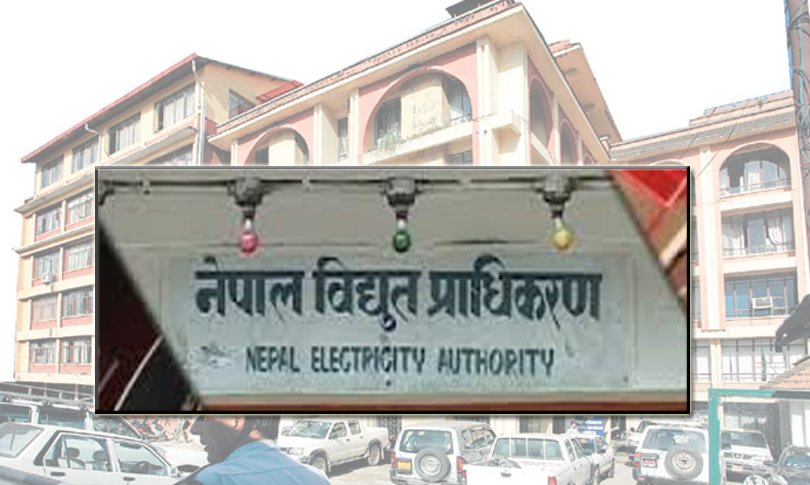
Misconduct 3: Overruling the Commission’s decisions
On December 19, 2016, the Authority’s Board of Directors approved the ‘Electricity Tariff Collection Regulations 2016,’ with a specified implementation date of July 16, 2016. This raises questions, as to how could the regulations approved in December could have been implemented six months prior. Such discrepancies suggest potential fraudulent practices by the authority.
Furthermore, the regulations diverged from the decision made by the Electricity Tariff Fixation Commission on June 30, 2016. The commission had decided that in cases of load shedding for six hours or more, customers receiving continuous electricity supply from a separate trunk line for 20 hours or more would be categorised as dedicated.
However, the regulations altered this decision by removing the term “customers who receive power supply ’24 hours a day’ through a dedicated line or who receive continuous power supply for more than 20 hours a day through a trunk line when there is load shedding for more than six hours a day.” Instead, it introduced the provision that “customers who receive power supply through a dedicated and trunk line of the authority” would be charged as per schedule 2.
This discrepancy implies that the authority misrepresented the commission’s decision in the regulations, a fraudulent act. Notably, the authority cannot implement a tariff that has not been determined by the commission, and the decision appears to have been made by Executive Director Kulman from the board of directors.
Misconduct 4: Back-dated sent years later
The premium tariff for dedicated and trunk line services was established on January 13, 2016. Notably, government hospitals, educational institutions, government offices, and non-dedicated line establishments were initially exempt from the premium fee. However, this exemption did not extend to dedicated line consumers in industries and certain establishments.
The committee, headed by Bhakta Bahadur Pun and appointed by the Nepal Electricity Authority, identified 298 customers using electricity from dedicated and trunk lines. Out of this total, 184 industries were subject to billing based on the dedicated line tariff. Additionally, 50 clients comprised government-level hospitals and community water projects.
In February and March of 2019, the NEA took action by consolidating bills for three years, stating that 58 customers failed to remit the dedicated line tariff. It is noteworthy that during this period, these industries were already paying the standard tariff applicable at that time.
In 2019, Kulman Ghising implemented a simultaneous disconnection for certain factories, spanning from July 2016 to April 2020. Criticism from industrialists arose, claiming that the lack of information regarding their electricity consumption over three years, uncertainty about load shedding status, and the abrupt clearance of old bills seemed unjust. Despite these concerns, premium charges continued to be levied until July 2020.
Misconduct 5: Wrong tariff imposed
The Board of Directors of NEA implemented the Electricity Tariff Collection Regulations in 2016. Under these regulations, a special tariff rate, inclusive of premium charges, had been established for industrial, commercial, and non-commercial customers receiving power supply from dedicated feeders and trunk lines since July 2016.
In the event of load shedding, a provision stipulates that a line supplying electricity 24/7 is deemed dedicated. Moreover, a trunk line, consistently powered for 24 hours during a minimum of six hours of load shedding, will incur the same tariff as a dedicated line. To avail themselves of these benefits, customers must apply to the authority, and approval from the Board of Directors is required before accessing these privileges.
In sub-regulation (2) of regulation (5), industrial, commercial, and non-commercial customers using the authority’s dedicated and trunk lines must pay monthly service, demand, and energy fees as outlined in schedule 1a.
Moreover, unless otherwise specified in sub-regulation (5) of regulation (5), customers currently supplied by the trunk line can access power for 20 hours or more, akin to a dedicated feeder, by paying the dedicated feeder tariff. Approval from the Board of Directors is required for such service applications, mirroring the process for a dedicated line.
Industries in disputes over dedicated and trunk lines claim they haven’t applied for these connections, lack board approval, and haven’t received continuous electricity for over 20 hours, as per regulations.
The authority, however, has failed to furnish evidence detailing the process by which it connected lines to industries lacking the proper authorization to consume electricity from dedicated feeders or trunk lines.
Additionally, the same regulation increased fees for ordinary customers, a rate the authority has collected since July 16, 2016.
Misconduct 6: NEA hiding TOD data
The regulation states that taxes must be levied based on the readings of the TOD (Time of Day) metre, and the total TOD data is closely monitored. Even if the process mentioned by the regulatory framework is not fully implemented, industries have expressed their readiness to pay the premium tariff if the TOD metre consistently shows an electrical consumption exceeding 20 hours per day during electricity cut-off, as revealed by the Authority.
The TOD metre used in industries is a smart metre that provides real-time data on which day and for how long electricity has been used by the consumer. In a note sent to factories on September 1, 2015, the Authority directed them to install TOD metres. If electricity is consistently consumed around the clock, NEA said a premium tariff would be enforced, resulting in corresponding charges.
However, a lawyer explains that there is no law stipulating the imposition of a premium rate when the Authority fails to provide a TOD metre to the consumer and the power supply extends for only an hour. Presently, amidst the dispute involving 58 enterprises, only one industrialist has expressed a willingness to comply with the premium tariff.
“In terms of procedure, we are prepared to pay if there is a formal request letter for dedicated feeders and trunk lines submitted to the Authority, accompanied by evidence of approval obtained during the authority’s board meeting, and electricity has indeed been supplied at the specified time,” says an industrialist.
The Authority has control over this metre and has collected fees from factories based on it. Factories and enterprises involved in the dispute over dedicated and trunk lines said that they are ready to pay the premium fee if TOD shows continuous use of power for more than 20 hours during the electricity power cut.
Kulman Ghising, however, has chosen to shut down the primary electricity lines of the factories instead of providing evidence and information to the industrialists regarding TOD. The industrialists, willing to adhere to the billing procedure, question why Ghising is not collecting the fee by presenting the available facts and evidence, especially when the relevant data is within Ghising’s office.

Misconduct 7: The process of bill exemption was not followed, and forced actions taken
In Regulation number 20 of the Authority’s Electricity Distribution Regulations, it is stipulated that in the case of a billing discount for a customer, approval from the authorised officer, as outlined in Schedule 29, is required for discount billing.
As per Schedule 29, the designated officials with the right to make decisions concerning bill exemptions are specified. According to this schedule, the office chief has the authority to make decisions up to Rs 2,000 at once, office chiefs ranging from 8 to 9 up to Rs 5,000, regional chiefs up to Rs 50,000, the director-general up to Rs 100,000, and chief administrative officers can make decisions exceeding Rs 100,000 concerning bill exemptions in a single instance.
However, an exception is made for Ghising himself, granting him the right to decide on bill exemptions exceeding Rs 100,000. Despite this authorisation, he has not personally made any decisions regarding bill exemptions. Notably, Ghising had sent the bill without making any decision before disconnecting the electricity supply for an outstanding amount exceeding Rs 1 million.
The provision in the Electricity Distribution Regulations asserts that if a customer surpasses the specified time for electricity usage, bypasses scheduled power cut hours, and engages in unauthorized use of electricity, the authority has the power to disconnect the line under the Theft Control Act, 2001, Section 9. Additionally, fines and compensation can be imposed according to Section 11. However, the authority has not demonstrated interest in recovering the amount through this process. This provision has been in effect since February 23, 2016, for electricity power cuts.
Misconduct 8: Even after the end of the industrial power cut, why did NEA continue to charge the dedicated fee?
The Nepal Electricity Authority had declared the total discontinuation of power cuts in Nepal starting from May 14, 2018. Despite this announcement, Kulman implemented billing adjustments for February to April 2017, a period during which the Authority itself had officially ended power cuts. Moreover, the Authority continued billing, inclusive of the premium charge, until the fiscal year 2020/21.
Despite the recommendations from the Study Committee led by the then Energy Secretary Dinesh Ghimire, advising against imposing additional charges on industries for the period preceding the determination of electricity tariff by the Electricity Tariff Fixation Commission and after the cessation of power cuts by the Authority, both of these suggestions were disregarded by the Nepal Electricity Regulatory Commission. The Cabinet endorsed the committee’s report on August 3, 2020; however, its implementation has not been executed thus far.
Why is Kulman Ghising not budging?
According to the decision of the Nepal Electricity Authority’s Executive Committee, legal experts suggest that the Authority has the option to disengage from the matter of incorrectly issued bills. In line with the resolution of the 108th meeting of the Electricity Tariff Fixation Commission, if electricity is consumed for more than 20 hours daily on the TOD metre, a decision has been reached to apply the premium fee. Consequently, if Ghising takes sincere measures, this issue could potentially be resolved conclusively.
Specifically, the Managing Director himself is required to make this decision. Yet, the Authority’s management retains the ability to make decisions on this matter since it has already set the electricity tariff. While the Electricity Tariff Fixation Commission previously held the responsibility for tariff determination, it now falls under the jurisdiction of the Electricity Regulatory Commission. According to the law, the regulatory commission possesses the authority to address disputes between consumers and service providers.
Export-oriented industry faces blow
The cement industry has been severely impacted by the shutting down of power and the back-dated bills associated with dedicated feeders and trunk lines. Despite being a symbol of self-reliance over the past decade, the industry now faces a crisis, largely attributed to what is perceived as coercive tactics by NEA and Ghising. While Ghising received acclaim for eliminating power cuts and gaining popularity, his actions have had adverse effects on the cement sector.
In a departure from principles of justice, the open mistreatment of entrepreneurs by a state entity has occurred without intervention, and Prime Minister Pushpa Kamal Dahal has maintained silence for an extended period, raising concerns about Kulman Ghising’s continued tenure.


